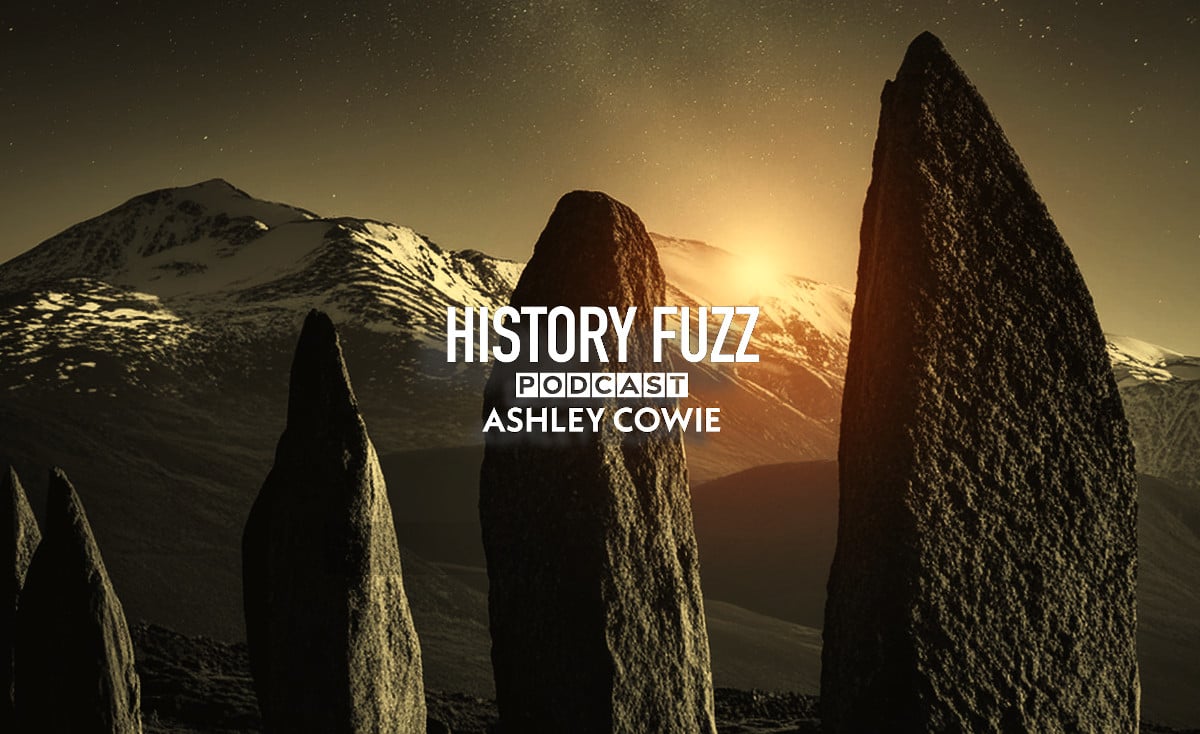
Podcast: History Fuzz: Episode 02: Professor Stephen Lekson. Chaco Pt 1. America's most controversial meridian
In this latest episode of our podcast, we delve into the intriguing concept of the Chaco Meridian, a north-to-south alignment that traverses the southwestern United States and is marked by the monumental remains of Ancestral Puebloan power centres. This alignment has been the subject of extensive study and debate, and today, we continue this exploration with a fascinating conversation featuring Professor Stephen Lekson, a prominent figure in the field of anthropology and archaeology.
Professor Lekson, who serves as the Curator of Archaeology at the Museum of Natural History at the University of Colorado, Boulder, has made significant contributions to our understanding of the ancient Southwest. He is also a Contributing Editor for Archaeology Magazine, which underscores his influential role in contemporary archaeological discourse. Over his distinguished career, Professor Lekson has led more than 20 archaeological excavations across the monumental landscapes of the American Southwest, gaining unparalleled insights into the region's ancient cultures. [1]

Figure 01: Episode Title Graphic.
One of his most notable works is his 1999 book, The Chaco Meridian. In this controversial and groundbreaking study, Professor Lekson proposed that the Chaco Meridian represents a deliberate north-to-south alignment, marked by a series of significant architectural and cultural sites. This alignment, according to Lekson, connects various major sites, including the renowned Chaco Canyon in New Mexico and the Casas Grandes, or Paquimé, in northern Mexico. [2]
In our discussion, Professor Lekson offers a compelling narrative about a group of mid-13th century social elites who resided at Aztec Ruins in northwestern New Mexico. These elites, according to Lekson, were not only instrumental in the development of their local cultural landscape but also extended their influence far beyond their immediate surroundings. This extension of their ancestral alignment reached over 600 kilometres south, where they established the Casas Grandes, or Paquimé, in northern Mexico.

Figure 02. Stephen Lekson’s Chaco meridian, extending from Aztec Ruins in New Mexico to Paquimé in northern Mexico. Courtesy of the author.
The concept of the Chaco Meridian and its associated alignments has not been without controversy. While many archaeologists have embraced Lekson's theories, others have raised questions about the extent and accuracy of these long-distance alignments. Despite this scepticism, Professor Lekson remains a staunch advocate for the idea that the Chaco Meridian represents a deliberate and significant cultural and cosmological alignment. In this episode, he takes this argument a step further, suggesting that the alignment may have extended even further—potentially 700 kilometres south of Paquimé, reaching an indigenous settlement located to the east of Culiacán in northwestern Mexico.





